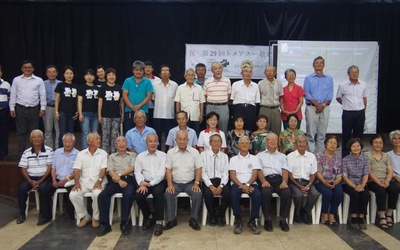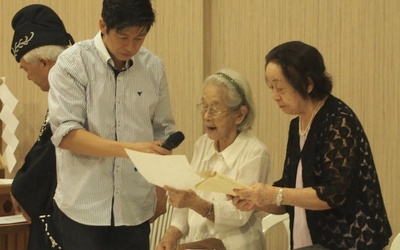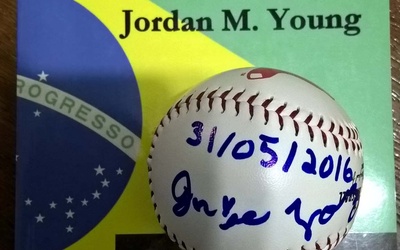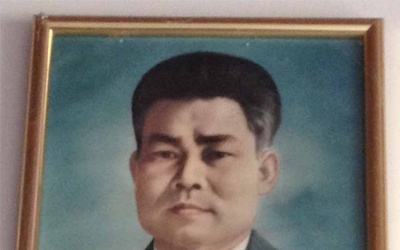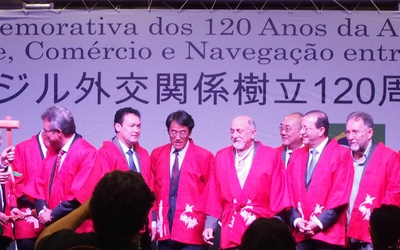Japanese Community in the Amazon
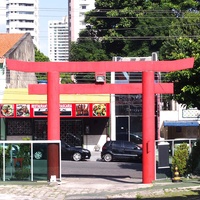
This is a journal that talks about the Japanese community in the Amazon from the perspective of volunteers, from various angles, including the first generation, Japanese people, Japanese community, culture, and Japanese language. We will share what we feel through our daily activities, the history and current situation of the Japanese community, and more.
Stories from this series
10th Hometown
Feb. 1, 2018 • Asako Sakamoto
The mountains where I chased rabbits, the rivers where I fished for small crucian carp, my dreams still wander through my unforgettable hometown How are my parents? Are my friends safe? Even in the wind and rain, I remember my hometown. I will fulfill my ambition and one day return to my hometown, where the mountains are blue and the water is pure. - Song "Furusato" The third Tome-Acu Respect for the Aged Day was held in the final year …
No. 9: Takataku's passion will last forever
Nov. 17, 2017 • Asako Sakamoto
My mission as a JICA volunteer has come to an end. For several months before returning home, I visited various schools as if I was in a rush to finish my activities. After returning home, I was busy with various procedures and job hunting, and now, after three months, I have finally regained my composure. It has been a long time since my last contribution, but there was something I had always wanted to write about during my term. This …
No.8 Agriculture in Toméassu
Nov. 21, 2016 • Asako Sakamoto
"This is where the Amazon immigrants first arrived." Wataru Sakaguchi Francisco, former president of CAMTA (Tomé-Açu General Agricultural Cooperative), told us about a small riverbank on a tributary of the Amazon River. 189 people from 43 families arrived here in 1929. They first started producing cacao. They worked with South America Colonization Co., Ltd., which was established with investment from Kanegafuchi Spinning Co., Ltd., which was instructed by the Japanese government to develop the Amazon. In 1931, the Akara Vegetable …
Part 7: A young American returns to Tome-Asu after 74 years
Aug. 1, 2016 • Asako Sakamoto
"Something amazing happened the day before yesterday! An American who came to Tome-Acu during the war brought us a baseball!" says Keiichi Otohata, president of the Tome-Acu Cultural Association in the state of Pará, excitedly. When I asked him, "A baseball?" he replied with a smile, "It's a touching story that could be made into a movie." In 1942, Jordan Young, an American studying at a university in Sao Paulo, learned that World War II had begun and began the …
Part 6: Tracing the history of Castanha Japanese Language School
May 16, 2016 • Asako Sakamoto
The locked door is opened and we enter, and it's a little chilly. The electricity is off, but the sunlight from outside makes it bright enough. First, at the front, there is the school song and motto. On the right wall is a portrait of the school's first principal, Nobushige Tokiharu. To the left is the staff room. Although covered in dust, all of the teaching materials piled up still look like they could be used today. There are about …
Part 5: Milestones and Encounters
Feb. 29, 2016 • Asako Sakamoto
Last year, various events were held in both countries to commemorate the 120th anniversary of the establishment of diplomatic relations between Japan and Brazil. Various events were also held in various places here in the Amazon, and I believe that Japan has become more well-known in Brazilian society than ever before. I was lucky to be able to participate in many of these milestone years that occurred during my term of office. However, this was not the only milestone year …

